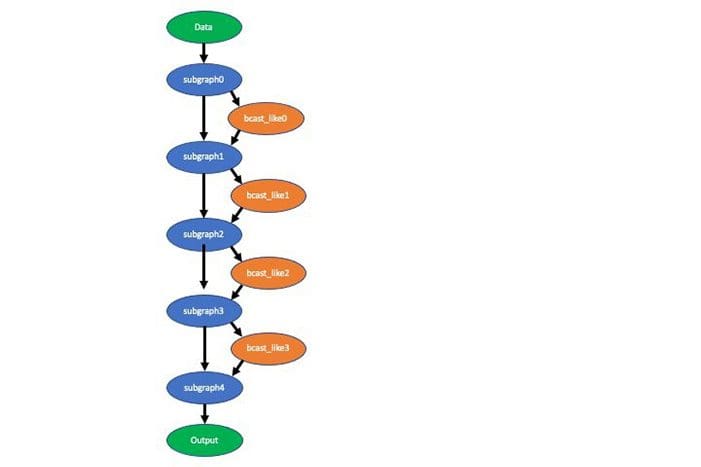Favorite We’re excited to announce Amazon HealthLake, a new HIPAA-eligible service for healthcare providers, health insurance companies, and pharmaceutical companies to securely store, transform, query, analyze, and share health data in the cloud, at petabyte scale. HealthLake uses machine learning (ML) models trained to automatically understand and extract meaningful medical
Read More
 Shared by AWS Machine Learning December 10, 2020
Shared by AWS Machine Learning December 10, 2020
Favorite Knowledge Management has been a key factor in easing the demographic gap as older retiring oil-sector workers gave way to younger counterparts. Royalty-free image from Pixabay At the beginning of this century, the oil sector realised it was was facing a crisis of both manpower and knowledge. During the
Read More
 Shared by Nick Milton December 10, 2020
Shared by Nick Milton December 10, 2020
Favorite Amazon Kendra is a highly accurate and easy-to-use intelligent search service powered by machine learning (ML). To simplify the process of connecting data sources to your index, Amazon Kendra offers several native data source connectors to help get your documents easily ingested. For many organizations, Google Drive is a
Read More
 Shared by AWS Machine Learning December 9, 2020
Shared by AWS Machine Learning December 9, 2020
Favorite Amazon Kendra is releasing incremental learning to automatically improve search relevance and make sure you can continuously find the information you’re looking for, particularly when search patterns and document trends change over time. Data proliferation is real, and it’s growing. In fact, International Data Corporation (IDC) predicts that 80%
Read More
 Shared by AWS Machine Learning December 9, 2020
Shared by AWS Machine Learning December 9, 2020
Favorite In a soccer game, fans get excited seeing a player sprint down the sideline during a counterattack or when a team is controlling the ball in the 18-yard box because those actions could lead to goals. However, it is difficult for human eyes to fully capture such fast movements,
Read More
 Shared by AWS Machine Learning December 9, 2020
Shared by AWS Machine Learning December 9, 2020
Favorite Various machine learning (ML) optimizations are possible at every stage of the flow during or after training. Model compiling is one optimization that creates a more efficient implementation of a trained model. In 2018, we launched Amazon SageMaker Neo to compile machine learning models for many frameworks and many
Read More
 Shared by AWS Machine Learning December 9, 2020
Shared by AWS Machine Learning December 9, 2020
Favorite Core ML is a machine learning (ML) model format created and supported by Apple that compiles, deploys, and runs on Apple devices. Developers who train their models in popular frameworks such as TensorFlow and PyTorch convert models to Core ML format to deploy them on Apple devices. AWS has
Read More
 Shared by AWS Machine Learning December 9, 2020
Shared by AWS Machine Learning December 9, 2020
Favorite Amazon SageMaker Neo now uses the NVIDIA TensorRT acceleration library to increase the speedup of machine learning (ML) models on NVIDIA Jetson devices at the edge and AWS g4dn and p3 instances in the AWS Cloud. Neo compiles models from TensorFlow, TFLite, MXNet, PyTorch, ONNX, and DarkNet to make
Read More
 Shared by AWS Machine Learning December 9, 2020
Shared by AWS Machine Learning December 9, 2020
Favorite Amazon SageMaker Neo was launched at AWS re:Invent 2018. It made notable performance improvement on models with statically known input and output data shapes, typically image classification models. These models are usually composed of a stack of blocks that contain compute-intensive operators, such as convolution and matrix multiplication. Neo
Read More
 Shared by AWS Machine Learning December 9, 2020
Shared by AWS Machine Learning December 9, 2020
Favorite Amazon SageMaker Neo enables developers to train machine learning (ML) models once and optimize them to run on any Amazon SageMaker endpoints in the cloud and supported devices at the edge. Since Neo was first announced at re:Invent 2018, we have been continuously working with the Neo-AI open-source communities
Read More
 Shared by AWS Machine Learning December 9, 2020
Shared by AWS Machine Learning December 9, 2020

![]() Shared by AWS Machine Learning December 10, 2020
Shared by AWS Machine Learning December 10, 2020








